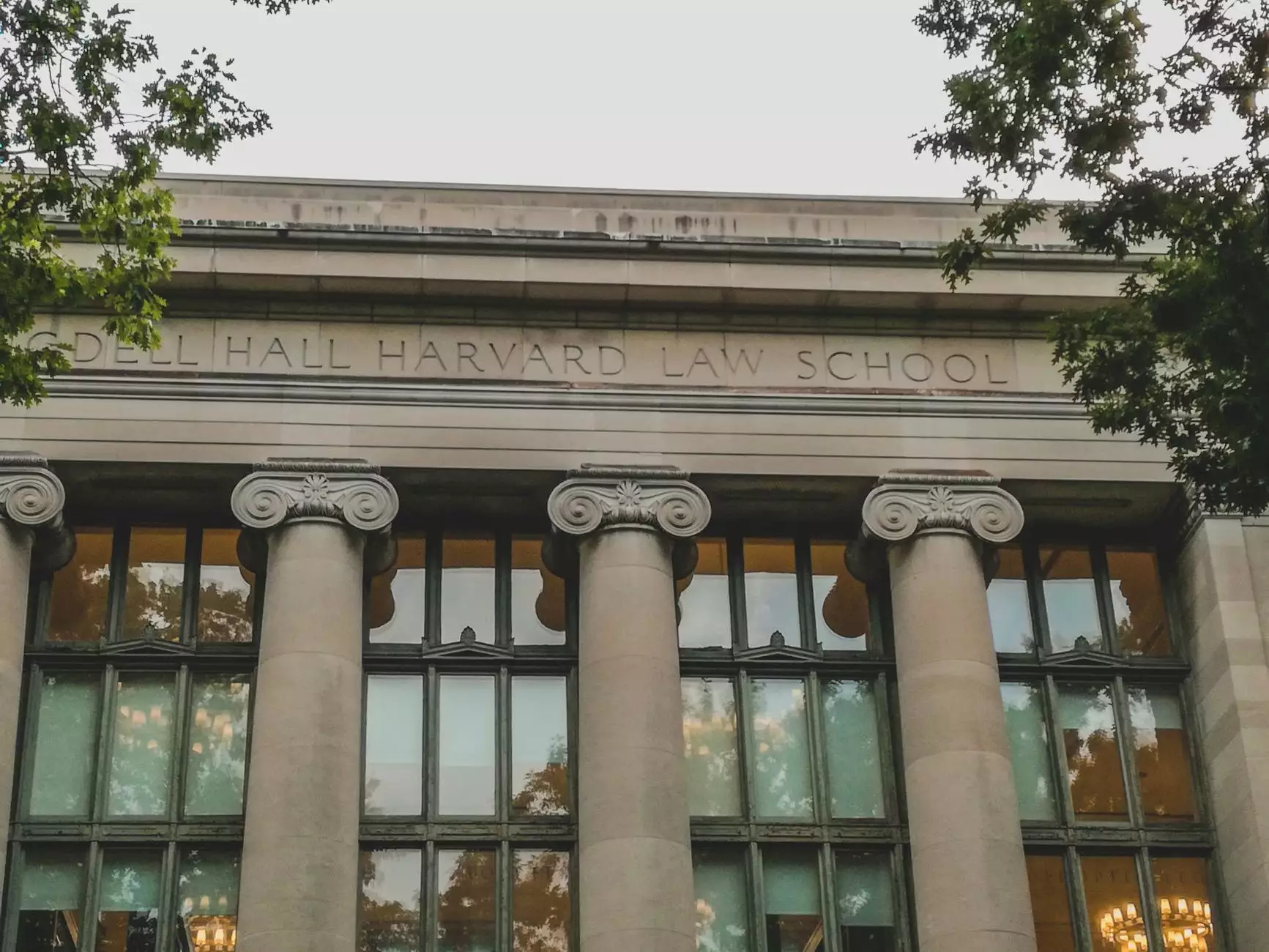What Free College Looks Like in the US

Overview
At 312 Marketing, we understand the importance of accessible higher education for individuals in the United States. In this article, we delve into the concept of free college and its implications for students, families, and the nation as a whole.
The Benefits of Free College
Free college programs offer numerous advantages to students. Firstly, they eliminate the financial burden associated with tuition fees, allowing individuals from lower-income backgrounds to pursue higher education without accumulating significant student debt.
Secondly, free college programs increase accessibility to education, promoting social mobility and equal opportunities for all. By removing the monetary barrier, these programs encourage a more diverse student body, fostering an inclusive learning environment.
Additionally, free college initiatives support workforce development, equipping students with the skills and knowledge required to succeed in the ever-evolving job market. A highly educated workforce benefits not only the individuals but also the economy at large.
Eligibility Requirements
While free college may sound appealing, it is essential to understand the eligibility criteria. Eligibility requirements for free college programs vary among states and institutions. Generally, these programs prioritize students from disadvantaged backgrounds, including those with lower household incomes or who are the first in their families to attend college.
Academic performance is also often considered, with students required to maintain a certain GPA to remain eligible for the program. Some programs may have additional requirements, such as community service hours or participation in specific educational initiatives.
Implementing Free College Programs
Implementing free college programs requires careful planning and collaboration between educational institutions, government entities, and other stakeholders. Funding is a crucial aspect that needs to be addressed to sustain the program long-term.
States and institutions often explore various funding models, such as reallocating existing resources, leveraging public-private partnerships, or implementing innovative funding mechanisms. These funding sources aim to ensure the financial feasibility of the programs while minimizing the impact on taxpayers.
It is also important to consider the capacity and infrastructure required to support an influx of students. Institutions need to invest in faculty, facilities, and educational resources to accommodate the increased enrollment resulting from free college initiatives.
Success Stories
Several states and institutions have already implemented successful free college programs, yielding positive outcomes for both individuals and the communities they serve.
For example, State X launched its free college program in 20XX, resulting in a significant increase in college enrollment rates among low-income students. The program has successfully reduced financial barriers, empowering students to pursue their educational aspirations without the burden of tuition costs.
Institution Y implemented a similar program, aiming to enhance workforce readiness and bridge the skills gap in high-demand industries. By providing free education in specific fields, the institution actively contributes to the local economy's growth and development.
Conclusion
Free college programs present a transformative opportunity to make higher education accessible to all individuals in the United States. Through comprehensive benefits, careful eligibility considerations, strategic implementation, and the success stories witnessed thus far, free college programs hold great potential in shaping a brighter future for students and society.




